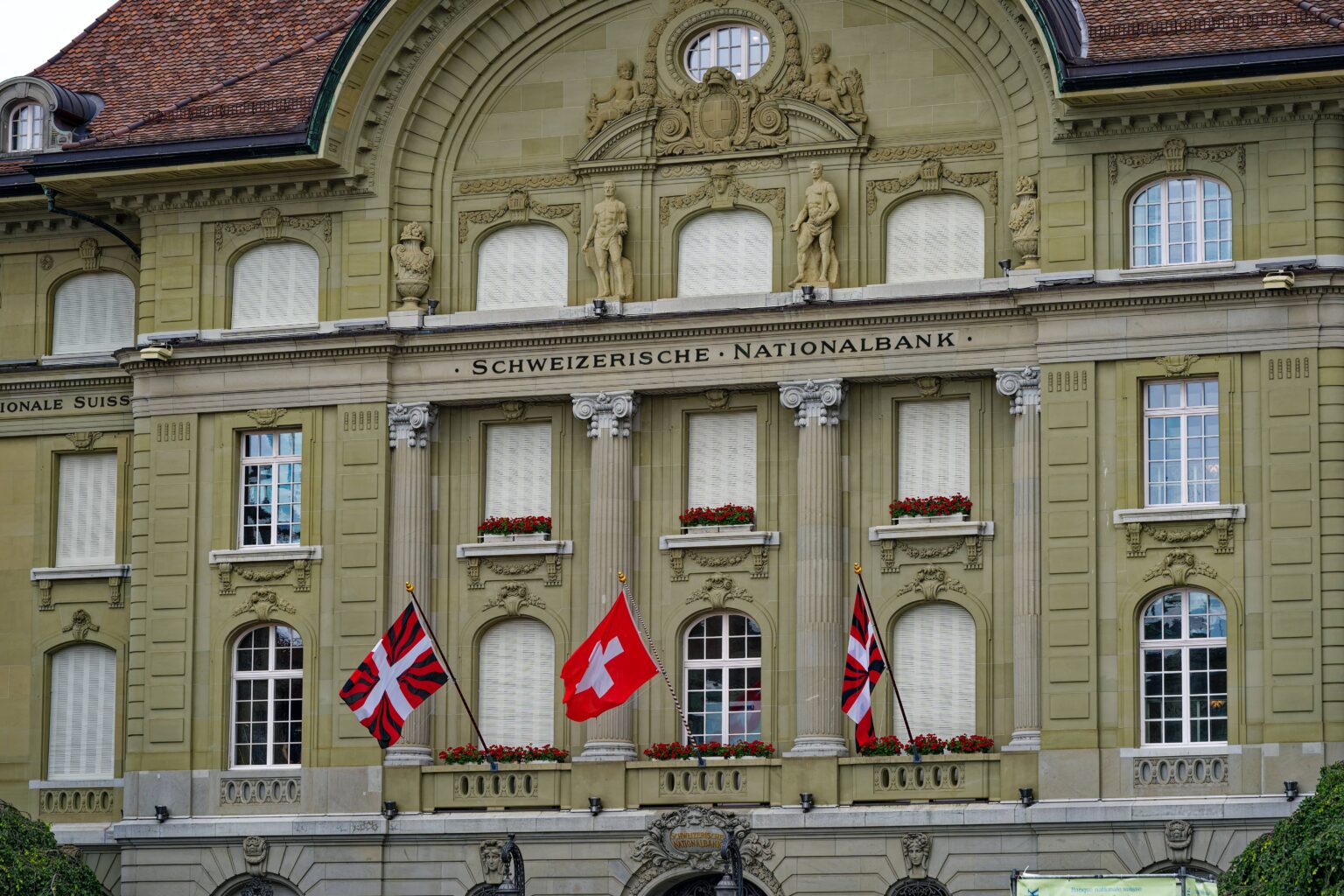Rate Cut Marks Sixth Straight Easing Move
The Swiss National Bank (SNB) lowered its policy rate by 25 basis points to 0% on Thursday, delivering its sixth consecutive reduction since March 2024. Chairman Martin Schlegel told reporters the decision had been widely anticipated after May consumer prices slipped 0.1% year-on-year, the first negative reading in four years. The move places Switzerland at the bottom of the global interest-rate league table and comes only two years after the country emerged from a long period of negative rates.
Schlegel stressed that while the bank “can never exclude measures,” pushing borrowing costs below zero again would carry greater economic and political hurdles than Thursday’s cut. Markets nevertheless assign a better-than-even chance of another trim in September, which would send Switzerland back into sub-zero territory for the first time since 2022.
Deflation And Currency Strength Shape Policy
Falling prices are only part of the pressure on the SNB. Safe-haven flows have driven the Swiss franc up roughly 11% against the U.S. dollar in 2025, making imports cheaper and further dampening domestic inflation. Schlegel conceded that an “over-heated” franc complicates the bank’s inflation fight; he reiterated the SNB’s readiness to intervene in currency markets if necessary. Analysts noted that the franc’s rise, combined with weakening external demand, has effectively tightened financial conditions even before Thursday’s cut.
The central bank simultaneously trimmed its inflation forecasts for 2025-27 and warned that additional import-price deflation could push headline inflation further below its 0–2% stability band. Negative rates, used from 2014 to 2022, remain “unpopular with savers, pension funds and insurers,” Schlegel acknowledged, but they are not off the table if growth stalls or the currency strengthens further.
Global Context And Market Reaction
The decision landed on a busy day for monetary authorities. Norway’s Norges Bank surprised markets with its first cut in five years, while the Bank of England held steady and the Federal Reserve signaled potential easing later this year. Earlier this month the European Central Bank delivered its own 25-point trim. Against that backdrop, Switzerland now offers the lowest nominal policy rate among major developed economies.
Immediately after the announcement, the franc briefly firmed before settling near 0.82 per U.S. dollar. Two-year Swiss government bond yields remained in negative territory, reflecting investors’ view that another rate reduction is likely. Equity markets took the move in stride; bank shares, habitually sensitive to margin compression, slipped modestly, while exporters welcomed relief from currency pressures.
Outlook: Zero Floor Or Return To Negative?
Economists are divided on whether the SNB will stop at zero or cross the psychological threshold into negative territory once more. ING’s Charlotte de Montpellier argues that deflation may prove sticky enough to justify a further 25-point cut in September, while EFG’s GianLuigi Mandruzzato believes the bank will hold fire unless U.S. trade tensions trigger a sharper global slowdown.
Schlegel underscored the risks of further easing: negative rates could inflate real-estate prices and erode retirement savings, yet failing to act could allow a stronger franc to choke growth. He left all options open, including renewed foreign-exchange interventions, but emphasized that any step below zero would require “a meaningful deterioration of the outlook.”
For now, the SNB’s zero rate aims to nudge inflation back inside target without reigniting the public backlash that accompanied the last negative-rate era. Whether that balancing act holds will become clearer in the autumn, when fresh inflation data and a new policy meeting test Switzerland’s newly installed zero floor.



